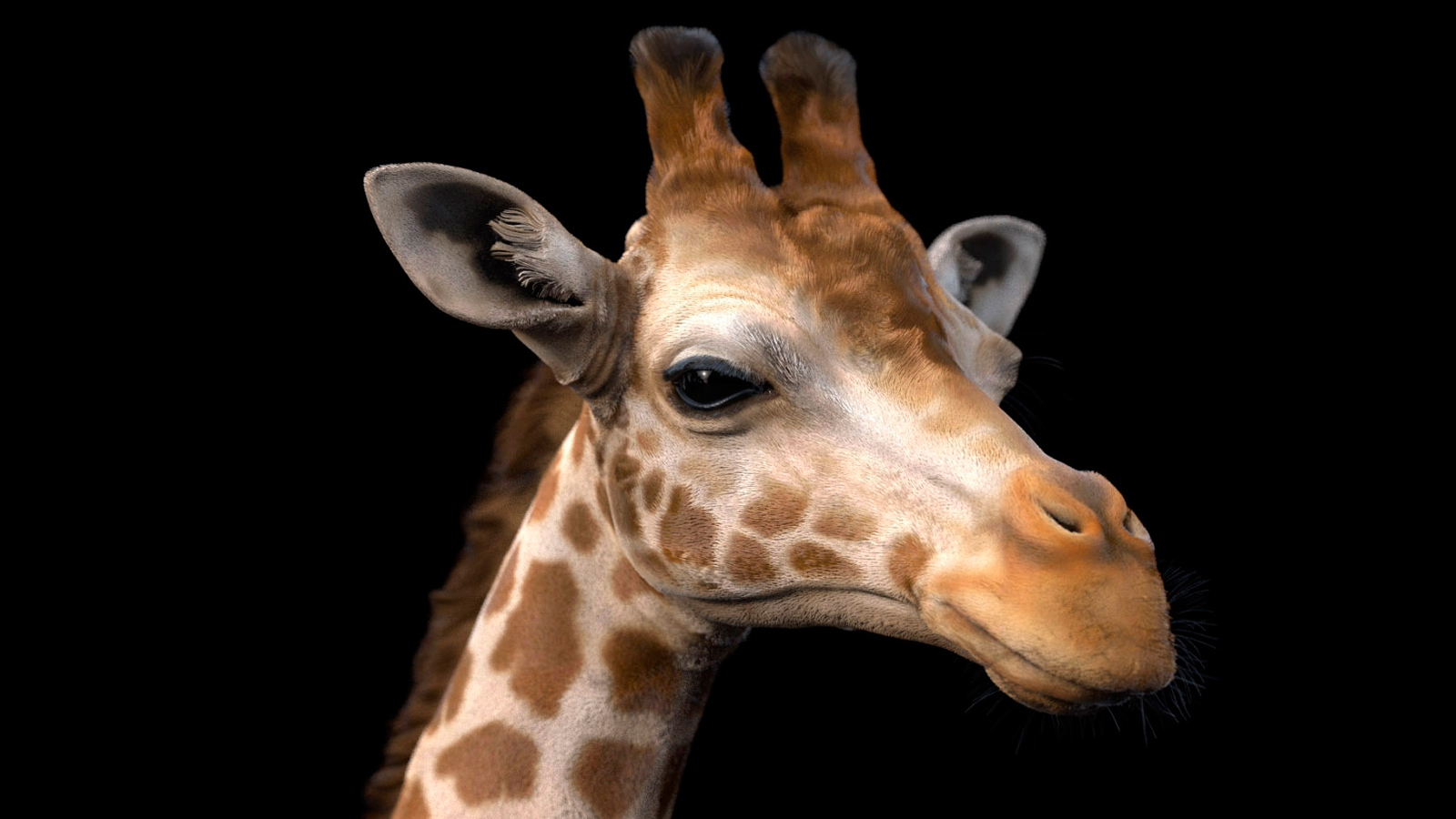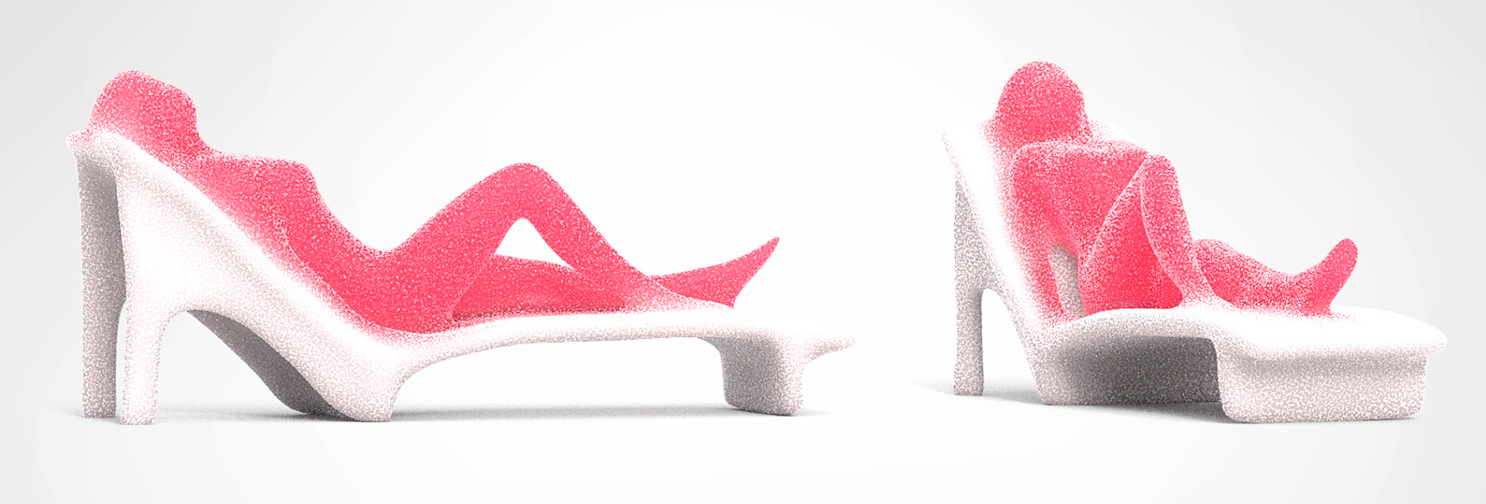There are a few words we’ve heard people use to describe Jordi Cerdà’s work – amazing, realistic, unique. They’re all true, but it’s difficult – summing up his work with one word would be like summing up his life with one word. His skill and attention span volumes and come with his 12+ years of experience as a 3D artist whose deep study into shapes, surfaces, and material physics behavior is evident in his visuals. He chose KeyShot as the tool to apply his knowledge and bring life to his work. With a background in photography and design, the Barcelona-based artist tells us about how he embarked on the journey as a 3D Artist and why he uses KeyShot.
Modeling software used: ZBrush
Website / Instagram
“Having a studio as big as you want, the best lights you can imagine, full camera controls, perfect shapes, flawless materials… All inside your computer? As a photographer and designer, in the beginning, I was resistant to accept that you could have all the shades of the real world in a 3D scene. In 2007, I started to see how this area was developing very fast and I decided to watch some tutorials as a beginning.”
“What I saw was so impressive that I decided that I wanted to dedicate all my efforts to learn as much as possible about 3D modeling, texturing and rendering. So, I sold all my studio material and photographic equipment and I spent a whole year, 12 hours a day, studying these disciplines. One of my best decisions ever. I have not touched either a flashlight or a camera from that moment on.”
It’s that level of passion that Jordi applies to all of his work and it showed through from the very first days he began working as a 3D Artist. Particularly as a freelance artist, there’s always an element of the unknown, which Jordi realized as a way to differentiate his capabilities from others, even though it was a challenge.
Things changed when I began working in advertising photography as a 3D Artist. In this industry, every work is a great challenge and you have to become an expert in many different styles with a high level of execution in a very short time. The first work I was asked to do was the photorealistic 3D helmet for a rabbit in a Volkswagen Golf campaign.
Music by Tomás Peire Serrate
Even with working hard to be knowledgeable about so much, there’s the artistic approach and application of knowledge that only the artist can work out through the materials, the software in this case, and bring out of a digital canvas something that captures the viewers imagination. Approaching a project with full attention given to the client helps him start the process in a more efficient way, moving directly to coming up with ideas.
I consider myself a constant observer and a good listener, so after receiving the guidelines, I usually get the idea of the images that the client is looking for. This allows me to spend more time in the creative process instead of wasting time presenting ideas that would not be accepted. I always use ZBrush to sketch and produce the models, all kind of 3D models. It works perfectly in organic and hard surfaces. I only use Cinema 4D or Maya when I need to model with concrete measurements or a more accurate UV control.
Music by Tomás Peire Serrate
Where does Jordi use KeyShot? Throughout the process, from initial light to completing the production renders and when it comes to doing what it takes to be a successful artist in a competitive industry, he provides advice that anyone at any age can use to stay motivated.
I use KeyShot when I need to see how the shape reacts with all the light and shadow in real-time. And, once the 3D model is completed, I use KeyShot to obtain the final image as well. KeyShot is a very versatile software with exceptional quality and speed. The workflow between KeyShot and ZBrush is unique.
Wake up early in the morning, work hard 8-10 hours a day, but do not obsess. Spend your spare time far away from your computer; keep fit because you spend too many hours sitting on a chair. And the most important: never lose curiosity, stay hungry.
















